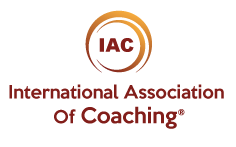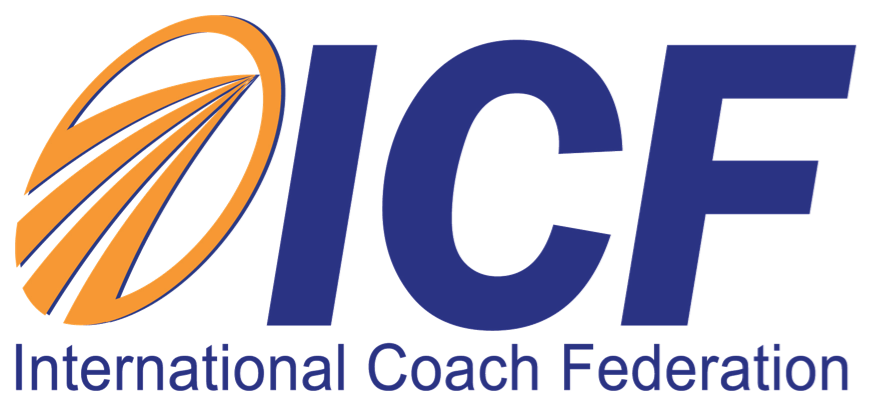As we await the British imperial wedding, there are two scenarios which resonate: The terrible state of the economy in Britain, and around the globe overall vs. the massive capital expenditure that this wedding will entail but also the inevitable possibility of change of leadership in Buckingham Palace and the burden of responsibility which may one day fall upon Prince William and his new bride. Doubtless, it is hoped that the latter scenario will assist with the first and that the “changing of the guards” will not be as jagged of a transition as it has been in the U.S.
Spurred largely by the financial crisis, shareholders, Wall Street, and the U.S. Securities and Exchange Commission have demanded more accountability from corporate leadership in U.S. corporations and there is a large shift of power from CEO to the board on a variety of issues. CEO succession has been particularly a sore point. Many boards than ever before are insisting that CEO’s have not just a successor or two in mind, but a comprehensive plan to identify, assess and develop a wide choice of candidates for both present and future. As a result Human Resource Executives can get caught in the middle between the board and the CEO. There are various dangers for HR executives in taking on the succession-planning role. They must guard against losing objectivity in favoring or disfavoring a particular candidate; they may for example hesitate to push a CEO because when the current one leaves, they may be out the door as well. Also the issue of confidentiality could cause some real stress on the board and the HR department equally, trickling down the various layers of the organization. Keeping the identity of the candidates confidential is key in order to avoid non-productive competition, or changes of behavior within the candidates.
When the initiative or the succession-planning project is done by an external organization, the CEO succession strategy is part of a larger leadership-development process. At Innovent Consulting, we call it the personal vs. the process side. Internally there is the internal politics, the emotional aspect including friendships, and loyalties related to merits rather than performance. For such a process to run smoothly, it is key to make sure there is strong talent in key jobs, and leadership-development programs are designed around the competencies and characteristics actually needed.
Such an organization will have the unique ability to freely work with the CEO and non-executives jointly to determine the kind of CEO the company needs, develop a list of success factors from that, and then assess the potential candidates against those factors. The information can then be periodically reported to the board.
This way, the elimination of bias insures that people across the board, who have shown significant development and made significant contributions are considered. With all the right intentions, talking knowledgeably and candidly may be easier said than done!





